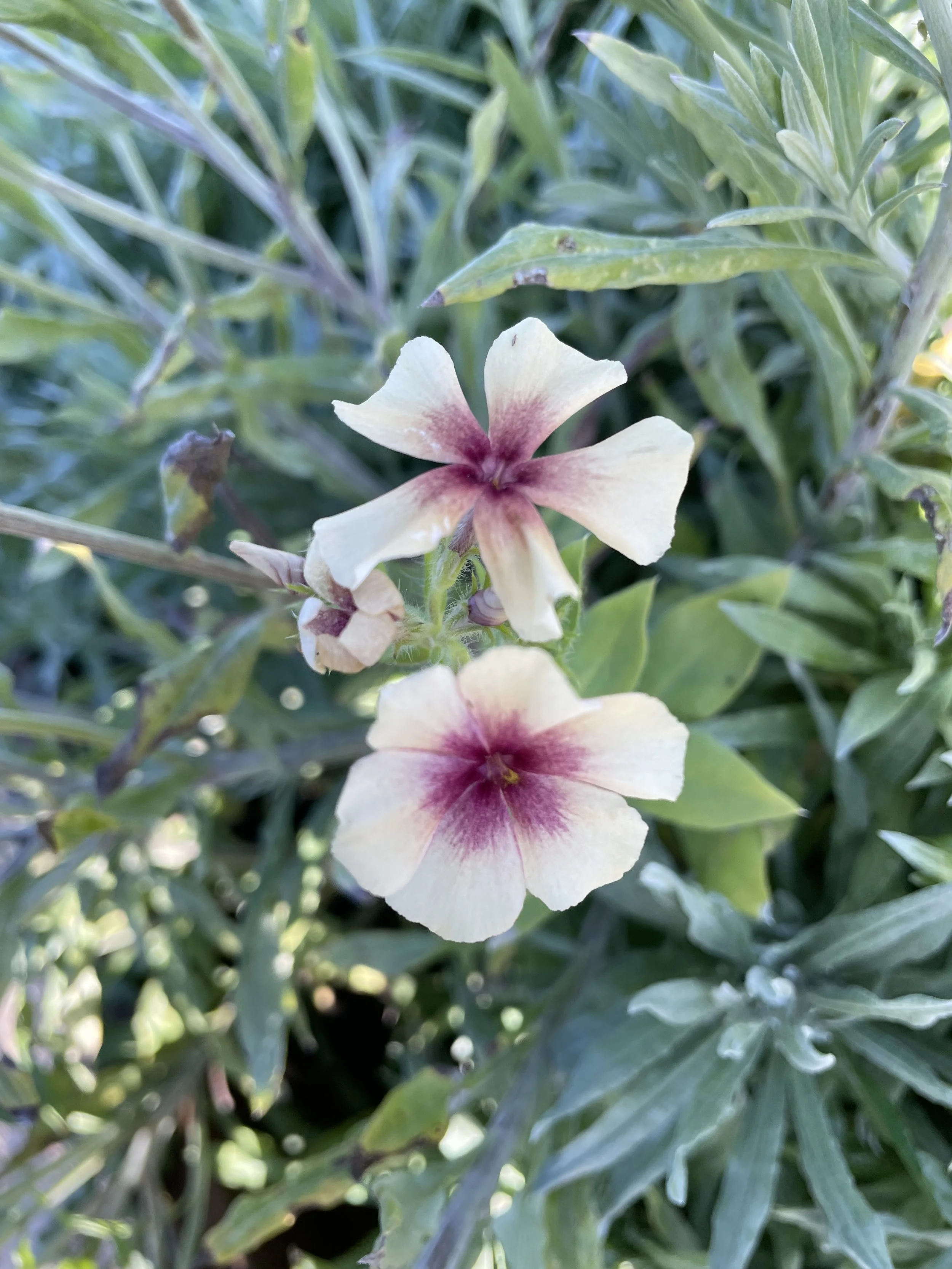Week 2 Field Notes
The frost on our backyard lawn (and we live in an urban area!).
This week was a cold one in the field! For the first time ever, I pulled the trigger on some poly and covered a few rows to protect from the high 20 degree nights we had in the forecast. Our growing zone is 9b and we usually don’t have weather that requires too much crop protection, and a couple hours in the early morning of 28ish degrees aren’t likely to freeze the ground, but frost can definitely slow down crop growth and give some plants a bit of leaf burn. I’m hoping my anemones and ranunculus will be blooming a bit earlier this season (last year we had an unseasonably cold and rainy March, if you’re local and recall!) but I’m definitely going to knock on some wood after I hit publish on this blog post because let’s face it, the minute we try to put Mother Nature on a schedule is usually the minute we guarantee ourselves frustration and heartache!
The crops I’m MOST looking forward to this spring are definitely my butterfly ranunculus. I’m trying out some new colors and varieties that are newer to the market and harder to find, so I can’t wait to see what they look like in person. More on this soon!
Here’s how we did the row cover, and scroll down for a couple spring flower surprises I found:
I used 6 mil clear poly (10 x 100 ft) from Lowe’s, but just saw you can also get it via Amazon. I have 4 foot hoops and these dimensions worked nicely for me.
I opted to clip the ends open to make sure it didn’t get too hot during the day. I don’t live on my farm, so I’m not able to check them as often as I’d like and need to play it safe. These clips are awesome, I used 1/2 inch.
What the rows looked like Week 2 of 2023. See how much greener the back field was? Much rainier last year.
Our first ranunculus bud. He’s a little early and won’t like this weather, but I’m still happy to see him.
found a little bloom of cherry caramel phlox hiding amongst the xeranthemum seedlings.






